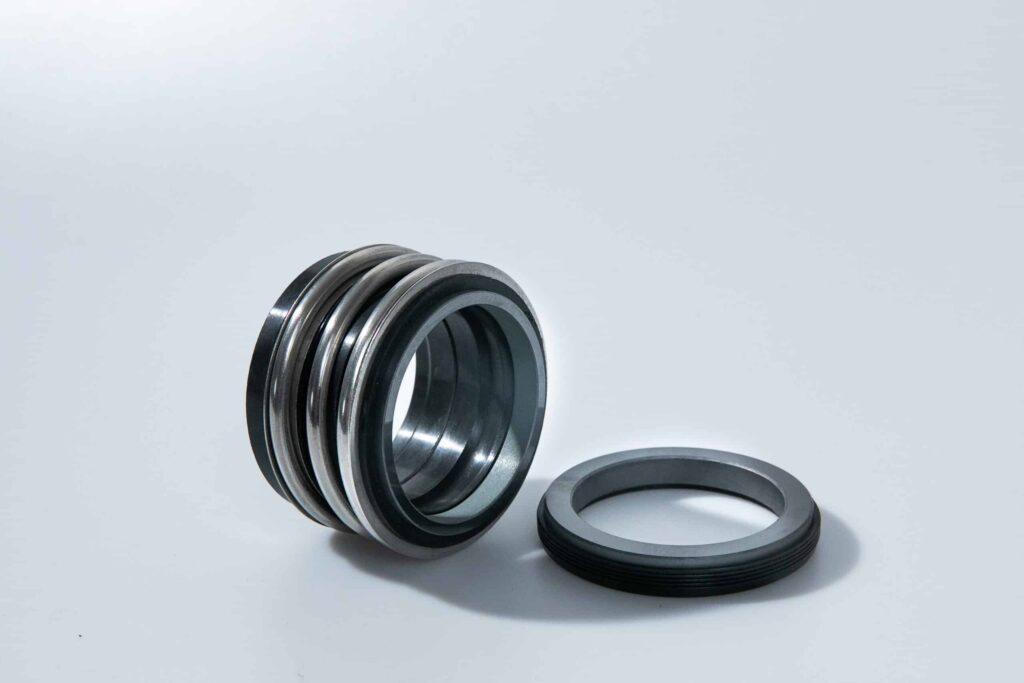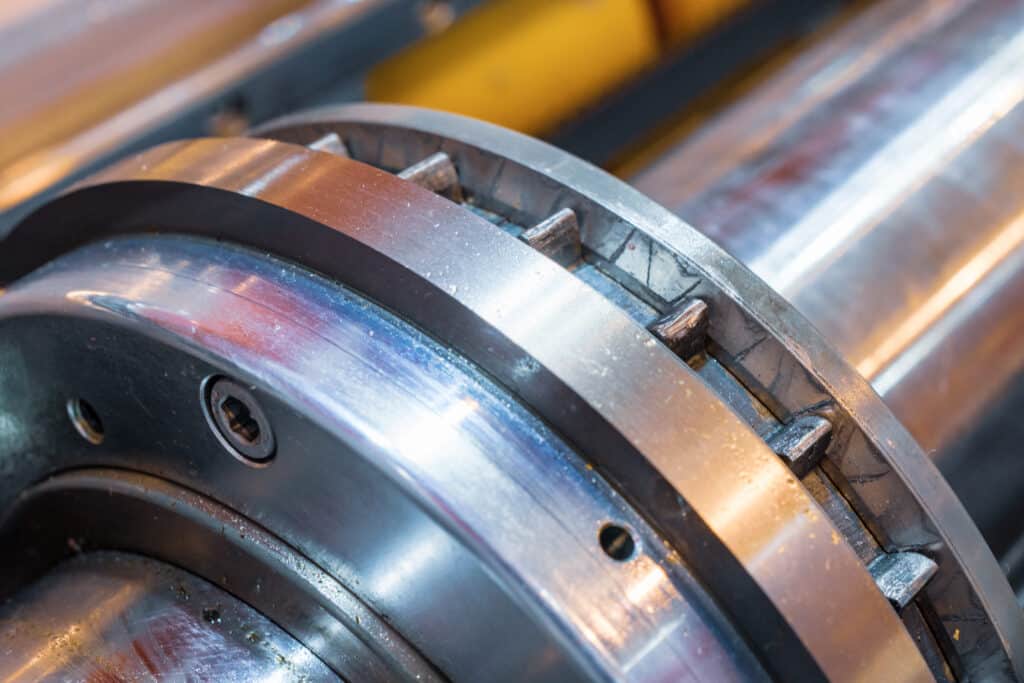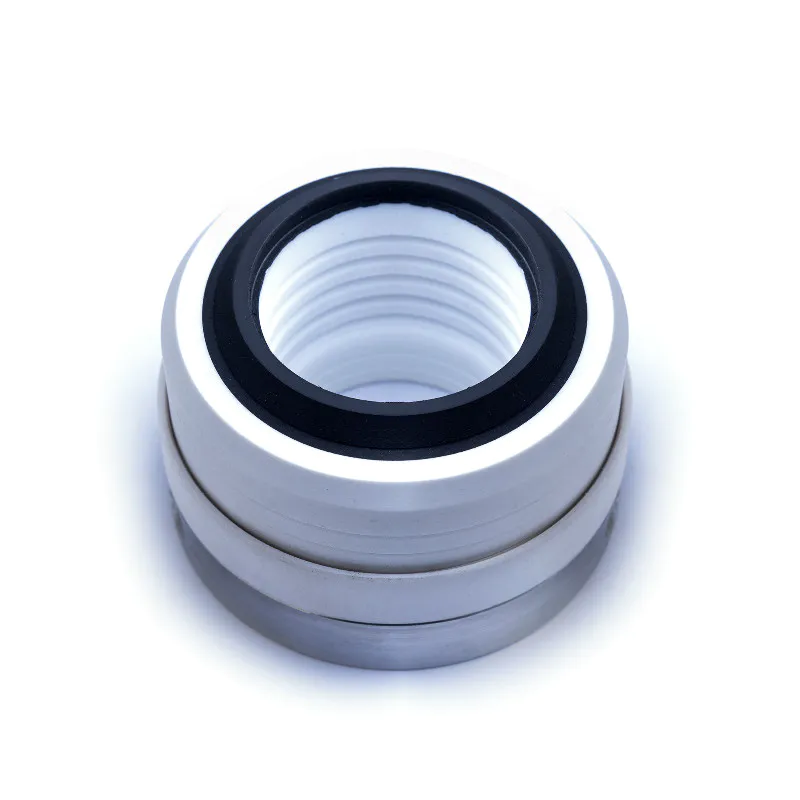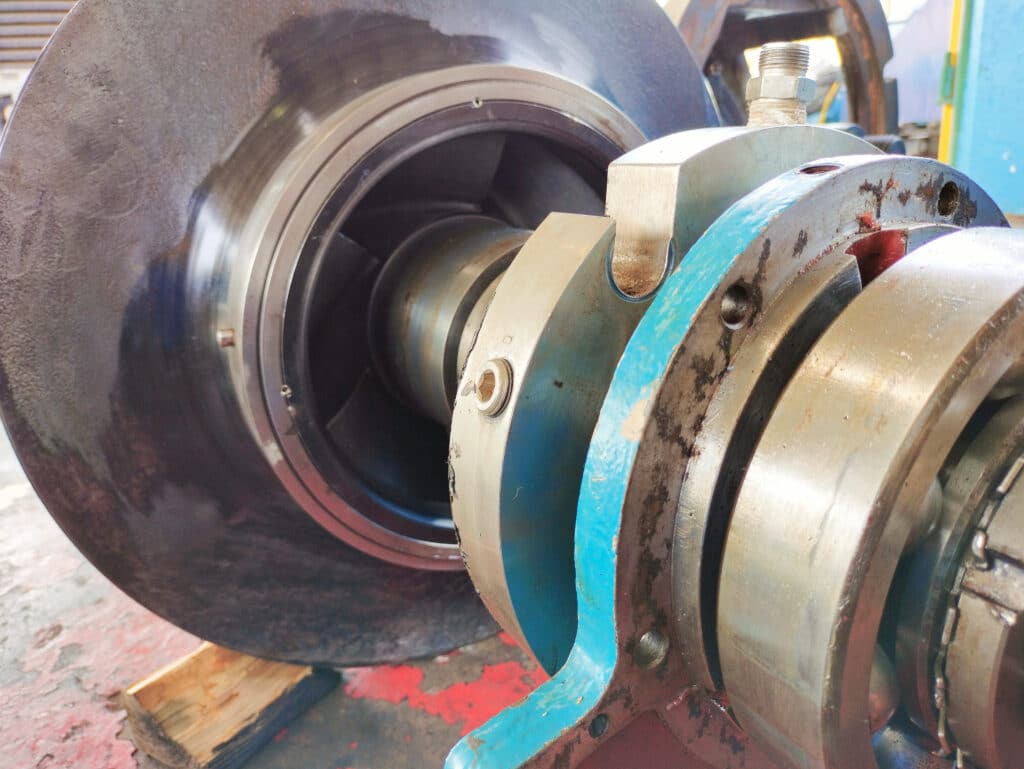
What Is the Buffer Fluid
Buffer fluid is a liquid used in dual seal systems to provide lubrication and cooling to the outer seal. It is typically maintained at a pressure lower than the process fluid and acts as a back-up barrier in case of primary seal failure.
What Is the Barrier Fluid
Barrier fluid is a liquid used in dual seal arrangements to provide a physical barrier between the process fluid and the atmosphere. It is maintained at a pressure higher than the process fluid to prevent leakage and contamination.
Ideal Fluid Characteristics
- Chemical compatibility with process fluid and seal materials
- Adequate lubrication properties for seal face lubrication
- Appropriate viscosity for optimal performance
- High specific heat and thermal conductivity for efficient heat transfer
- Low volatility to minimize evaporation and frequent refills
- Minimal gas solubility to prevent bubble formation
- Long-term stability and resistance to degradation
- Safe to use, handle, store
- Good flow qualities at very low temperatures
- Nonflammable
- Non-foaming when pressurized
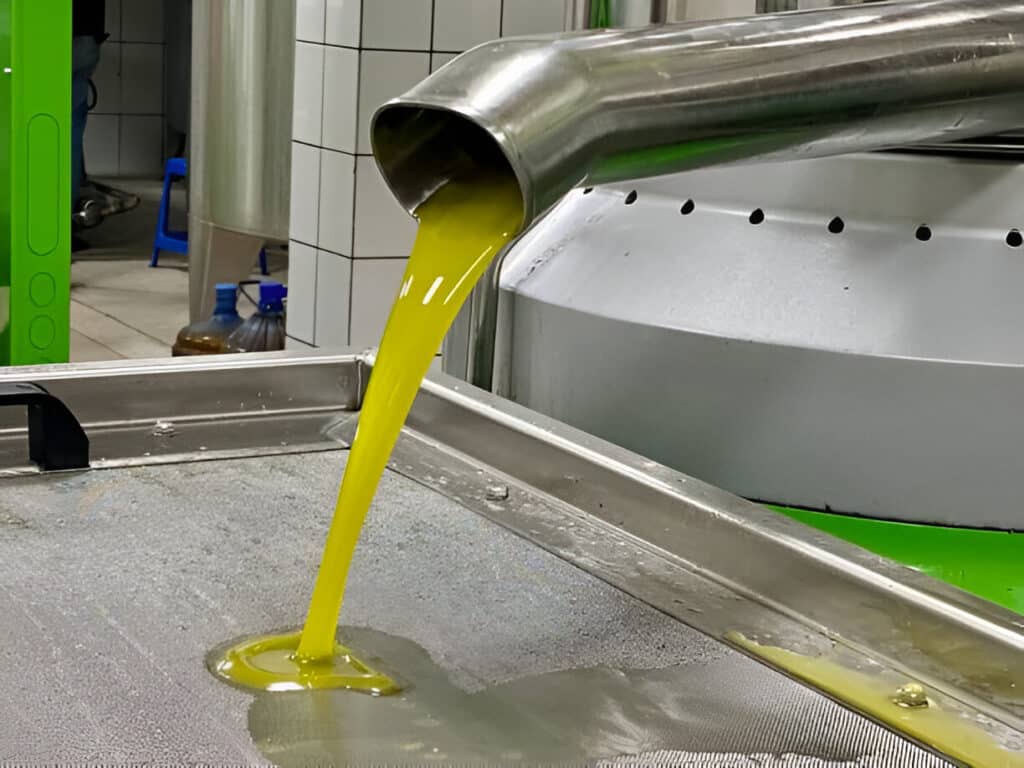
Types of Barrier and Buffer Fluids
Water
Water is a common choice for barrier and buffer fluids in applications with modest temperatures and pressures. It is readily available, economical, and has excellent heat transfer properties. However, water may not be suitable for applications with extreme operating conditions or where contamination is a concern.
Glycol Solutions
Glycol solutions, such as ethylene glycol and propylene glycol, are widely used as barrier and buffer fluids. They offer a wide operating temperature range, good lubrication properties, and corrosion protection. Ethylene glycol is being replaced by propylene glycol due to its lower toxicity and environmental impact.
Alcohol
Alcohols, such as methanol and ethanol, are used as barrier and buffer fluids in low-temperature services. They have low viscosity and good heat transfer properties, making them suitable for applications with high shaft speeds and low temperatures.
Kerosene or Diesel Fuel
Kerosene and diesel fuels are used as barrier and buffer fluids in some applications due to their availability and low cost. However, they have limitations in terms of viscosity, lubrication properties, and compatibility with certain seal materials.
Petroleum-Based Hydraulic, Conventional Gear and Bearing Lubricating Oils
Petroleum-based oils are a popular option for barrier and buffer fluids due to their availability, compatibility with seal materials, and good lubrication properties. They are suitable for a wide range of temperatures and pressures, but may not be ideal for applications with extreme operating conditions.
Synthetic Oils Specifically Formulated for Barrier or Buffer Use
Synthetic oils designed specifically for barrier and buffer fluid applications offer superior performance compared to conventional oils. They have a wider operating temperature range, better lubrication properties, and resistance to degradation. Synthetic oils are the preferred choice for critical applications and extreme operating conditions.
Heat Transfer Fluids
Heat transfer fluids, such as synthetic heat transfer fluids and organic class heat transfer fluids, are used as barrier and buffer fluids in applications with high temperatures. They have excellent heat transfer properties, thermal stability, and compatibility with seal materials.
Temperature Range of Buffer and Barrier Fluid
Here is the updated table with the new column for the typical service life range of each buffer and barrier fluid:
| Fluid Type | Temperature Range (°C) | Viscosity at 40°C (cSt) | Specific Gravity | Flash Point (°C) | Service Life (hours) |
|---|---|---|---|---|---|
| Water | 0 to 100 | 1.0 | 1.0 | None | 500 to 2,000 |
| Glycol Solutions (50% in water) | -40 to 120 | 5.0 to 10.0 | 1.05 to 1.10 | None | 1,000 to 3,000 |
| Alcohol (Methanol) | -40 to 50 | 0.6 | 0.79 | 11 | 500 to 1,500 |
| Kerosene | -20 to 150 | 1.0 to 3.0 | 0.78 to 0.82 | 38 to 66 | 1,000 to 2,500 |
| Diesel Fuel | -7 to 150 | 2.0 to 5.0 | 0.82 to 0.86 | 52 to 96 | 1,000 to 2,500 |
| Petroleum-Based Hydraulic Oils | -20 to 150 | 20 to 100 | 0.86 to 0.90 | 150 to 250 | 2,000 to 4,000 |
| Conventional Gear and Bearing Lubricating Oils | -20 to 150 | 100 to 1000 | 0.88 to 0.92 | 200 to 300 | 2,000 to 5,000 |
| Synthetic Oils (PAO, Esters) | -40 to 200 | 20 to 100 | 0.82 to 0.86 | 200 to 300 | 4,000 to 8,000 |
| Heat Transfer Fluids (Synthetic) | -50 to 400 | 10 to 50 | 0.80 to 0.90 | 200 to 350 | 8,000 to 12,000 |
| Heat Transfer Fluids (Organic) | -50 to 350 | 10 to 50 | 0.85 to 0.95 | 200 to 350 | 4,000 to 8,000 |
How to Maintain Buffer and Barrier Fluids
To maintain the integrity of the fluid, follow the manufacturer’s recommended maintenance intervals for fluid changes. The frequency of fluid changes depends on factors such as operating temperature, contamination levels, and the specific type of fluid used. For example, glycol solutions may require more frequent changes compared to synthetic oils specifically formulated for barrier or buffer use.
In addition to regular fluid changes, it is important to maintain the cleanliness of the fluid by using appropriate filtration and conditioning systems. Contamination by process fluids, particulates, or moisture can degrade the performance of the buffer or barrier fluid and lead to premature seal failure. Regularly inspecting and replacing filters, as well as using desiccant breathers or nitrogen blankets on reservoirs, can help maintain fluid cleanliness and prevent contamination.
Other Reliability Considerations
- Appropriate Piping: Piping should be compatible with the fluid and designed to withstand the operating pressures and temperatures.
- Appropriate Sizing: Undersized systems can lead to insufficient lubrication and cooling, while oversized systems can result in excessive heat generation and fluid degradation.
- Reservoir Selection: The reservoir for the buffer and barrier fluid should be selected based on the fluid type, system requirements, and operating conditions.
- Alarm Systems: Alarm systems should be in place to alert operators of abnormal conditions, such as low fluid levels, high temperatures, or excessive pressure.
- Venting: Proper venting of the buffer and barrier fluid system is essential for preventing the buildup of gases and maintaining stable fluid pressure. Inadequate venting can lead to seal failure and compromise the integrity of the system.
FAQs
Buffer and Barrier Fluid Maximum Allowable Temperature Rise
As a general rule of thumb, the temperature rise should be limited to 10-15°C above the inlet temperature for most fluids. Excessive temperature rise can lead to fluid degradation and premature seal failure.
Recommended Interval Between Fluid Changes Based on Temperature
The recommended interval between fluid changes based on temperature varies depending on the fluid type and the operating temperature range. For example, a mineral oil-based fluid operating at 60°C may have a recommended change interval of 6 months, while the same fluid operating at 80°C may require changes every 3 months. Synthetic fluids can maintain their performance characteristics for longer periods at elevated temperatures, extending the change intervals.
